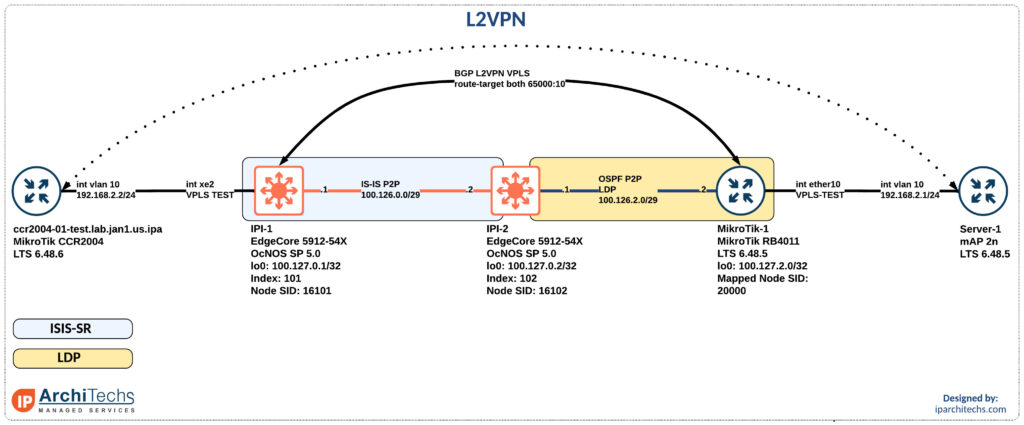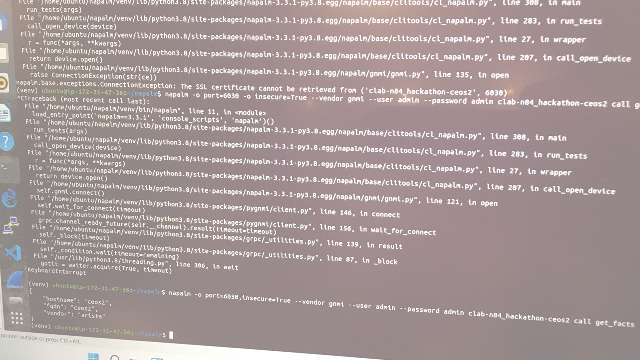Localisation isn’t translation
If you only have your app in English then you’ll still be understood[1] by the new market whose official language isn’t English.
If you show farenheit (a word I can’t even spell), then 96% of the world cannot understand your app. At all.
For most of the west I would argue that translation doesn’t even matter at all, but you cannot have your app start your weeks on Sunday, you cannot show fahrenheit, or feet, or furlongs, or cubits or whatever US-only units exist. And you cannot use MM/DD/YY.
NONE of these things are tied to language. Most users of English don’t want any of this US-only failure to communicate.
[1] While most of the world doesn’t speak English fluently, they may know words. And they can look up words. You cannot “look up” understanding fahrenheit or US-only date formats.


